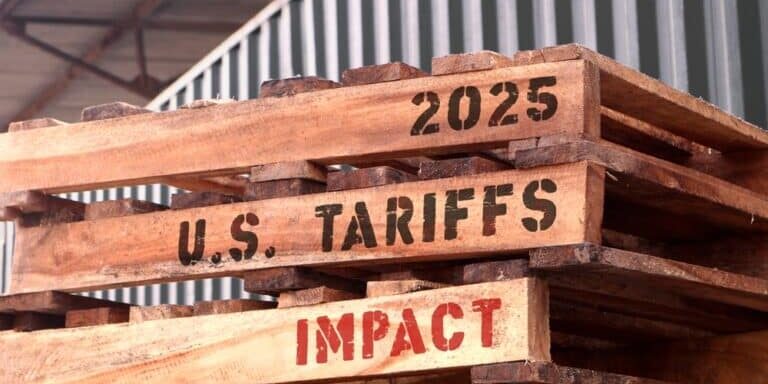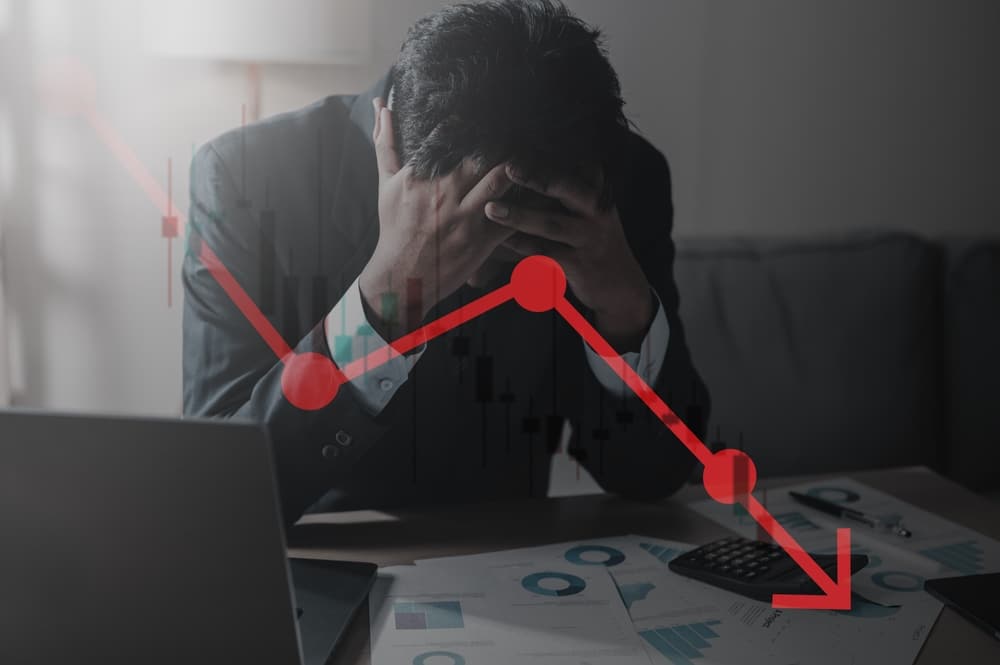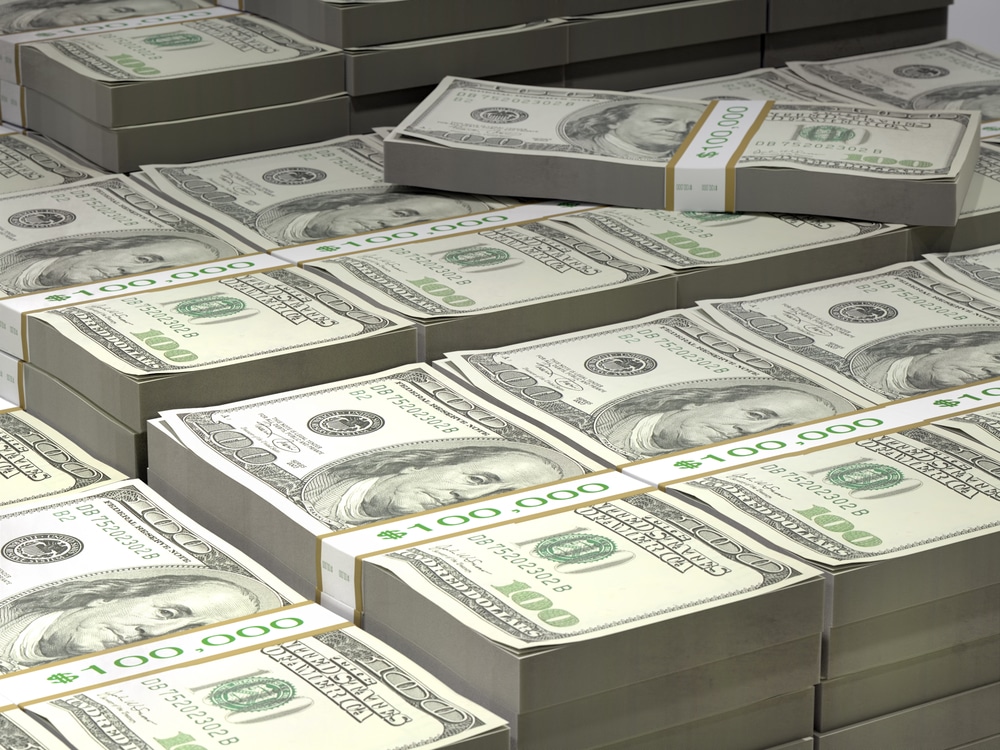
Tariffs, Taxes, and Traps: What Trump's Import Hikes Really Mean for Your Wallet
The Hidden Tax Marches On
President Trump insists tariffs won’t lead to higher consumer prices. Reality, as usual, is less convenient.
Starting next week, massive new import duties will slam goods coming into the United States from China, Vietnam, India, Switzerland, and the European Union. Businesses that have been quietly absorbing costs will soon be forced to pass them along. That means everyday essentials—computers, clothing, shoes, even booze—are about to get a lot more expensive.
This isn’t economic patriotism. It’s a price shock in slow motion.
Electronics: Silicon Taxation at Scale
Computers and electronics are now at the center of America’s global trade war. According to the Commerce Department, the U.S. imports the bulk of its tech hardware from China, Taiwan, Vietnam, Mexico, and Malaysia. Tariffs on most of these nations will soon double or more.
China’s goods already face a 30% baseline tariff, and that rate could spike if no deal is made by August 12. Meanwhile, imports from Taiwan, Vietnam, and Malaysia—once cheaper alternatives—will be taxed at nearly double their current levels.
India, now a rising electronics supplier, will face a 25% tariff across the board. According to the Yale Budget Lab, this could send electronics prices soaring 18.2% in the short term, and 7.7% in the long term—assuming, of course, the tariffs ever go away. And that’s a big assumption.
Clothing: Taxing the Shirt Off Your Back
Americans may not realize it, but most of the clothes on their backs don’t come from here. China, Vietnam, Bangladesh, and India dominate the apparel supply chain. Tariffs on these countries are poised to create a cascading price increase, especially in basic consumer goods.
Yale’s economists project clothing prices rising 37.5% in the short run and 17.4% in the long run under these new rules.
So the next time someone tells you tariffs only hit “luxury imports,” ask them what qualifies as a luxury when jeans cost 40% more.
Watches and Shoes: Accessories of Affliction
Switzerland exports over $4 billion worth of watches annually to the U.S.—now facing a 39% tariff. Meanwhile, shoes from China, Vietnam, and Indonesia are staring down import taxes starting at 19%. With many of these items incorporating leather, the effective price hike could rival that of wristwatches: up 39.7% in the short term, 18.9% in the long term.
A leather strap or a running shoe is no longer a retail choice—it’s now a tariffed indulgence.
Wine, Spirits, and the Taste of Inflation
More than a third of alcohol revenue in the U.S. market comes from imports. That includes wine from France, vodka from Poland, and Scotch from Scotland. Tariffs on these goods from the EU are jumping from 10% to 15%.
That might not sound like much—until you remember that imported alcohol is a margin game. A 5% hike can crush small businesses and jack up retail prices. The Friday night wine run just got political.
Furniture, Toys, and the Taxing of Daily Life
Vietnam is America’s biggest source of imported furniture, followed by China. Both are facing tariff hikes.
Same goes for toys, largely sourced from China and Vietnam. Toy companies have been warning for months that prices would spike, and now that moment has arrived.
These aren’t exotic goods or luxury buys—they’re household basics. When tariffs hit everything, they hit everyone.
When Will You Feel It?
Not tomorrow. Not even next week. But don’t be fooled—that delay is just a side effect of inventory hoarding.
In anticipation of the tariffs, importers stockpiled months’ worth of goods. That buffer, combined with companies initially eating the cost, means you haven’t seen the full effect yet.
Goldman Sachs estimates it takes eight months for tariff costs to fully work their way into consumer prices. That puts the pain point somewhere in early 2026—smack in the middle of what’s shaping up to be a deeply unstable economic cycle.
The Bigger Picture: Control the Supply Chain, Control the People
Here’s the part they won’t say out loud: tariffs don’t just punish foreign producers. They shift power away from globalized supply chains and toward centralized economic control.
Once a government can dictate what flows across borders, it can also dictate who gets what, and at what price. That’s not free-market capitalism—it’s controlled access, a soft chokehold disguised as economic nationalism.
The same politicians who claim to be fighting for “America First” are quietly making America last in line for affordability.
What You Can Do Now
You won’t stop this trend with a ballot. But you can protect yourself from the fallout:
- Download Bill Brocius’ free guide: 7 Steps to Protect Yourself from Bank Failure
- Get a copy of his book End of Banking As You Know It and understand how tariffs tie directly into centralized monetary collapse.
- Join the Inner Circle newsletter for just $19.95/month to get the real story before it hits the headlines.
Tariffs are just the taxman in camouflage. You’re not just paying more for goods—you’re paying for the illusion of control.











